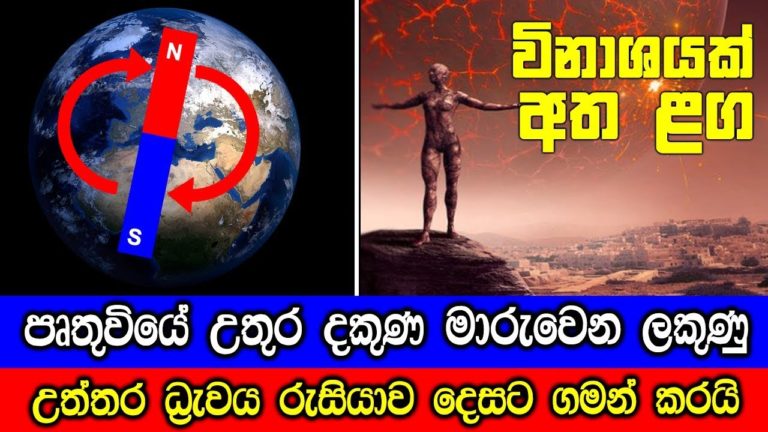See latest celebrity news and Entertainment news on link
King Ashoka, also known as Ashoka the Great, was an Indian emperor who lived in the 3rd century BCE. He was the third ruler of the Maurya Empire, which was one of the largest empires in ancient India and covered a significant portion of the Indian subcontinent. Here is a brief overview of his life:
Early Life: Ashoka was the son of King Bindusara and is said to have been a warrior prince who was known for his military prowess.
Rise to Power: After the death of his father, King Bindusara, Ashoka fought a brutal war of succession against his brothers to become the ruler of the Maurya Empire.
Conquest of Kalinga: Ashoka is said to have fought a particularly brutal war against the state of Kalinga, which left a deep impact on him and led to his conversion to Buddhism.
Embrace of Buddhism: After the war in Kalinga, Ashoka renounced violence and embraced Buddhism, which had a profound influence on the rest of his reign. He became a patron of the religion and made significant efforts to spread Buddhism throughout India and beyond.
Rock Edicts: King Ashoka issued a series of edicts inscribed on rocks and pillars throughout his empire, which outlined his philosophy and policies. These edicts promote values such as religious tolerance, respect for all life, and the importance of moral conduct.
Administration: King Ashoka is credited with creating a well-organized and efficient administration system in his empire. He established a network of roads and rest-houses for travelers and promoted the development of agriculture and trade.
Death: Ashoka died in around 232 BCE, after ruling the Maurya Empire for over 40 years.
King Ashoka remains one of India’s greatest rulers and his legacy continues to be felt in India and around the world. He is widely regarded as a symbol of peace and nonviolence, and his edicts serve as an important historical record of ancient India.



